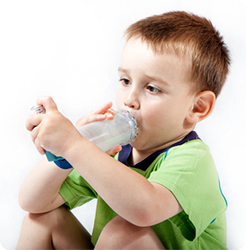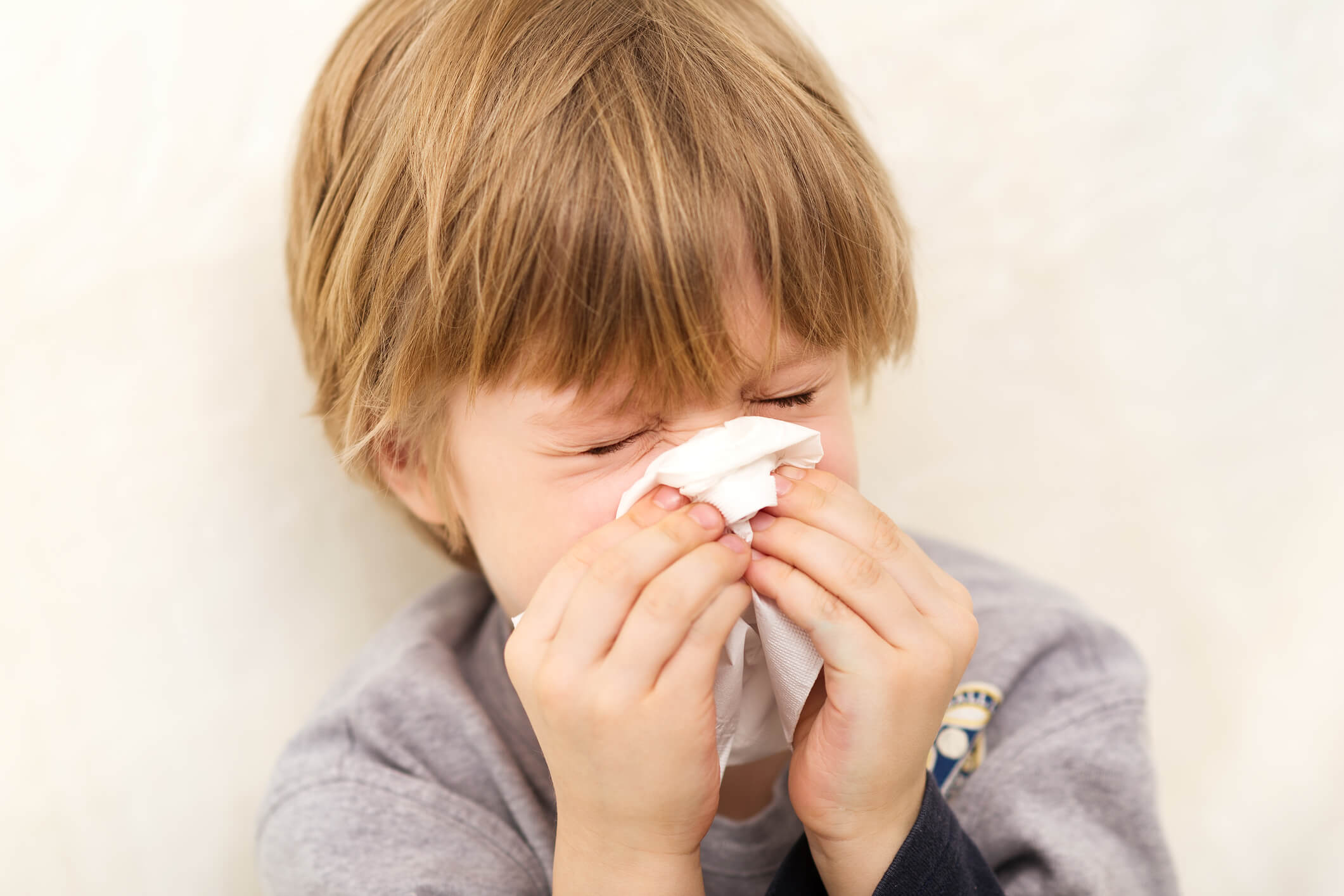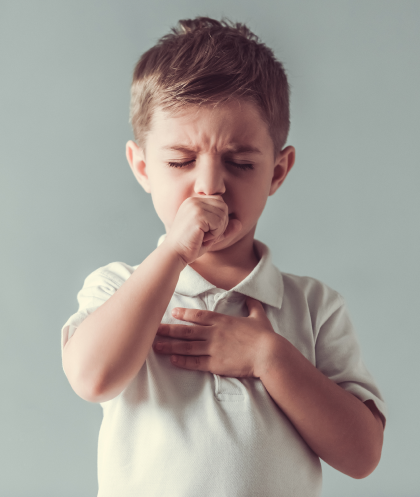
77 Wimpole Street,
London, W1G 9RU


Respiratory Conditions

Viral infection in children is the most common respiratory (chest) problem in children less than 4 years old, affecting affecting all children after age 6 months. The first symptom of a viral infection is that the infant gets a cold (runny nose, fever etc) then one or two days later starts coughing severely at night. I in 6 young children may also wheeze a whistling breathing out sound and also suck the skin under and between the ribs and one can also see sucking in of the skin with breathing in the throat just above the breast bone.
There is another sound that infants and toddlers make between the ages of 6 and 24 months that is often confused with wheezing. This is stertor, a kind of gargling sound in the throat during both breathing in and out and can be present without any sign of infection. Parents are often worried about it because it can be felt when putting one’s hand on the chest but actually it is not coming from the chest. Why it starts at about 6 months and goes when older (about 30 months) is one of life's many unsolved mysteries.

Once the coughing starts (one of the first viral infection in children) it is usually at a peak near the beginning and slowly fades away over 1-3 weeks quite often just in time to get another cold and the whole cycle to begin again. Did you know that the average number of viral infections in children between a child's first and second birthday is 11 (yes eleven!) and the range is 5 to 20 so a cold every 3-4 weeks is normal although I realise that is little comfort when you have to wake up to see your child suffer from viral infection at 3am!
Viral infection symptoms in children are more common between October and March and much more common if the mother smoked in the last third of her pregnancy and continues smoking after the baby is born. 85% children suffering from viral infections especially boys, grow out of this by the age of 6 years and each succeeding winter is generally less tortuous than the previous one.
This condition is often called asthma and while the symptoms may indeed be very similar to the symptoms of viral infection in a child, the molecular mechanisms of its occurrence are different and the treatment is not the same as viral infection treatment. Antibiotics do not help and unlike in asthma, steroids also do not generally help. Montelukast acts as an anti-inflammatory agent and has been shown to reduce hospital admissions by a third, salbutamol (ventolin) often also helps in reducing the acute infection symptoms in babies.
Clearly a child too breathless to feed or speak properly or is otherwise distressed and not consolable needs to be at a hospital.
Apart from vaccinations which are extremely effective there are no specific ways of boosting your child’s immunity. In general terms a healthy varied diet and sufficient sleep all assist. Remember it is normal for children between their first and second birthdays to have an average of 10-12 infections per year.
Yes. Respiratory viral infections are contagious from droplet spread from the nose and mouth especially with coughing and sneezing. So wash yours and your child’s hands, cover one’s mouth when coughing and sneezing and use and dispose of tissues. Norovirus which gives short sharp vomiting and diarrhoea is extremely contagious so careful hand washing is vital.
There are thousands of different viruses but they tend to group into those that primarily affect the respiratory tract such as rhinovirus, respiratory syncytial virus and human metapneumovirus, and those that affect principally the gastrointestinal tract such as enterovirus. There are of course others that give rashes and fevers – the exanthems particularly measles, German measles and chicken pox and parvovirus which temporarily affects how you make red blood cells. The list goes on and on.
Typically 1-2 weeks
Please fill the form below
Suzanne Harvey
secretary
Resources
